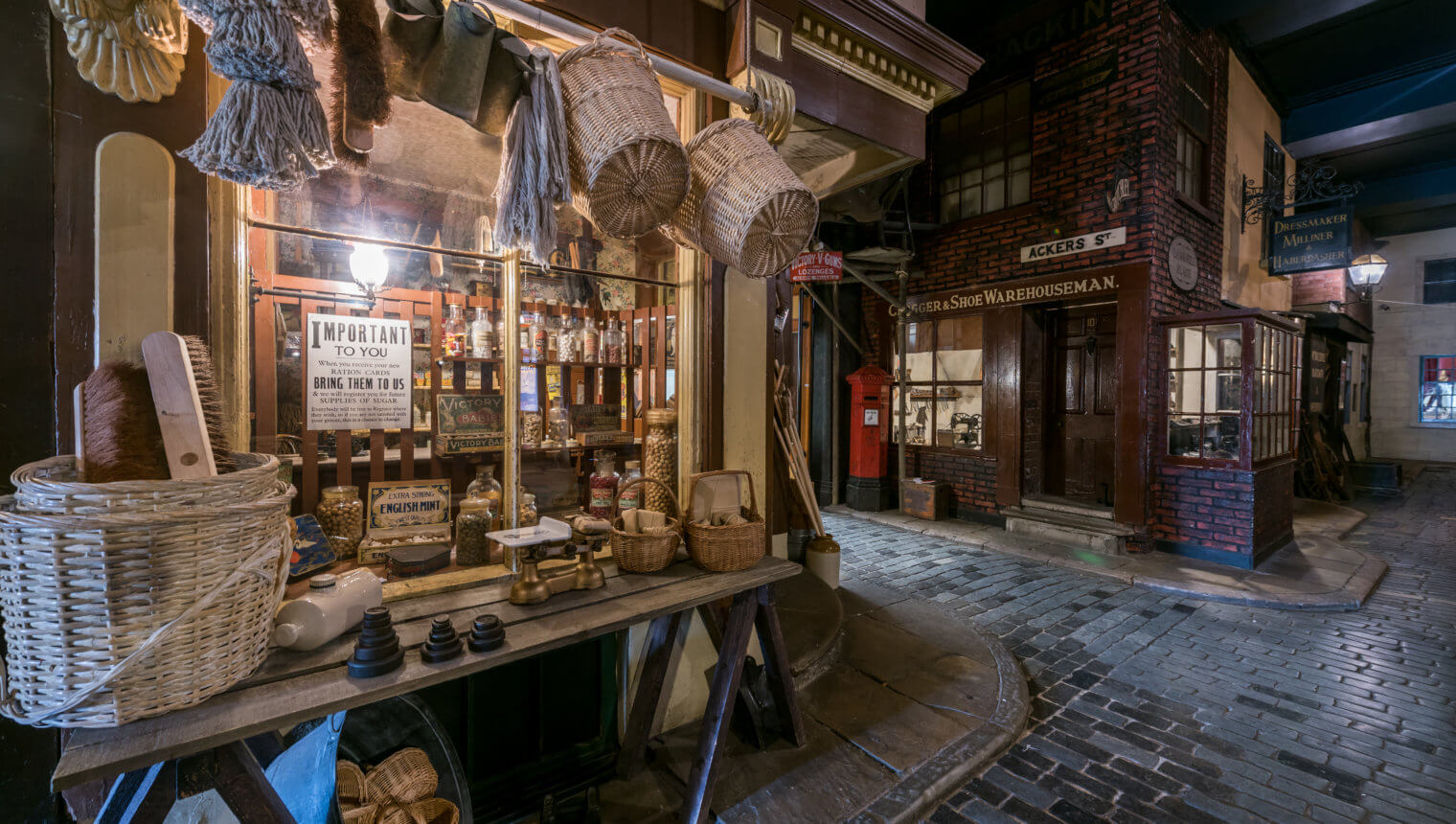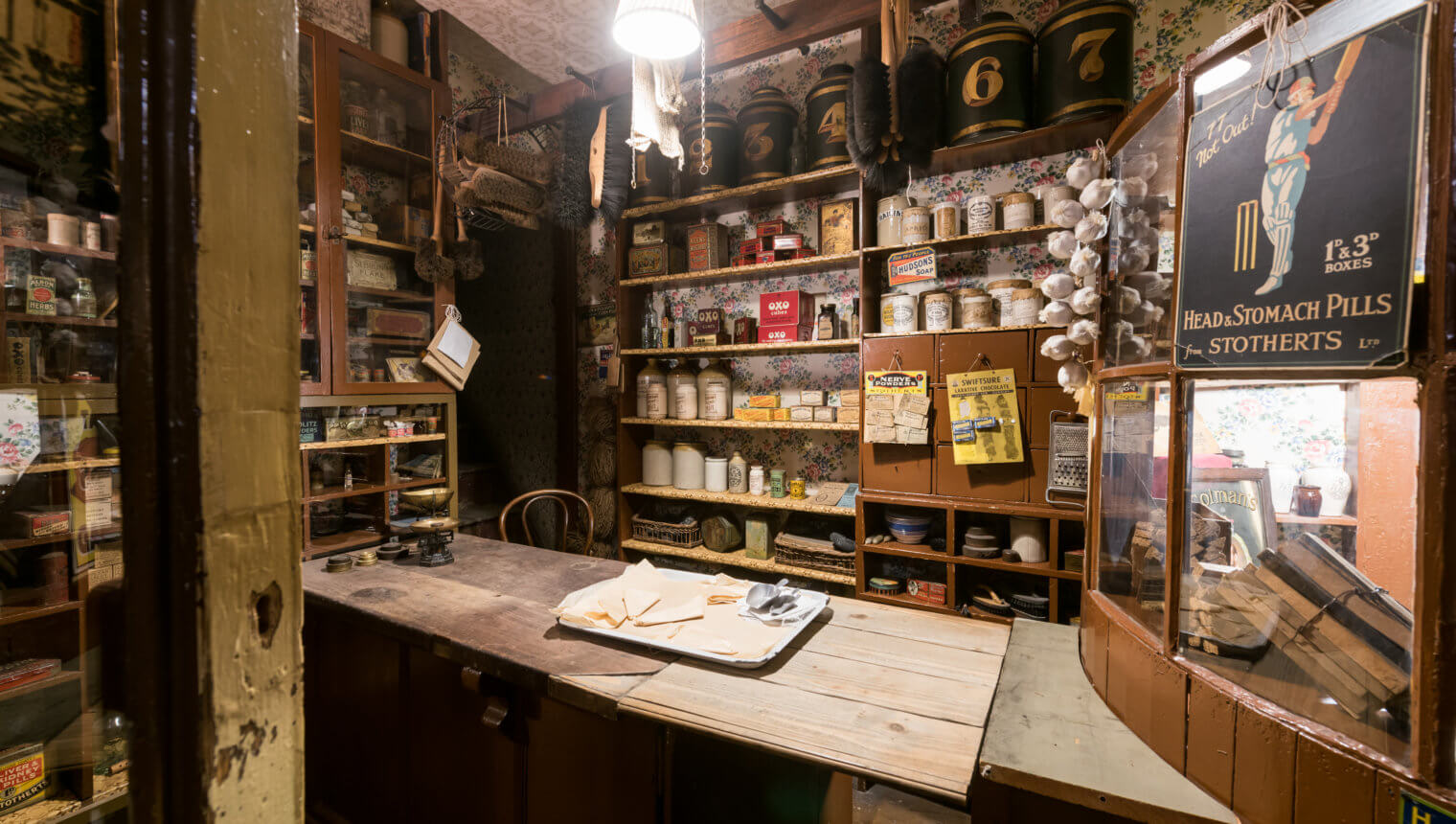More to Discover

Lark Hill Place is named after the mansion house built on this site by James Ackers in the 18th or 19th century. Look out for the side street at Lark Hill Place that is named after him.
The Lark Hill estate was purchased by public subscription for a park in 1846. The park was named after Sir Robert Peel who donated £1,000 of his own money towards the purchase. Joseph Brotherton, Salford’s first Member of Parliament and a key voice behind the Museums Act of 1845, encouraged the Mayor of Salford to establish a museum and library in Lark Hill mansion house. In 1849, Queen Victoria and Prince Albert agreed to be patrons of the Royal Museum and Library. It was founded through further donations and in 1850 it opened as England’s first unconditionally free public library.
People flocked in; visitor numbers totalled to nearly 890,000 in 1857. The building was quickly expanded, with the addition of North, South and Langworthy wings. In 1935 the original Georgian mansion was found unsafe. It was closed, demolished and replaced with the current wing.
By 1945, the City Council began to rebuild Salford, bringing housing up to modern standards and replacing the terraced houses that had characterised the area from the 1870s. In 1955, the museum re-created a small street from salvaged features from houses and shops that would have otherwise been demolished. This resulted in Lark Hill Place, a street which re-captures past living conditions in Salford by displaying products and objects from daily life.
The street is constructed with original shop fronts and objects. The glass is very fragile so please do not lean on it and take care on the low curb that runs around the whole street. We keep the light levels low to protect objects from light damage.
At Lark Hill Place, it is always tea-time on a winter’s evening, when the street gas lights have just been lit.
View the 360º Tour of Lark Hill Place:



